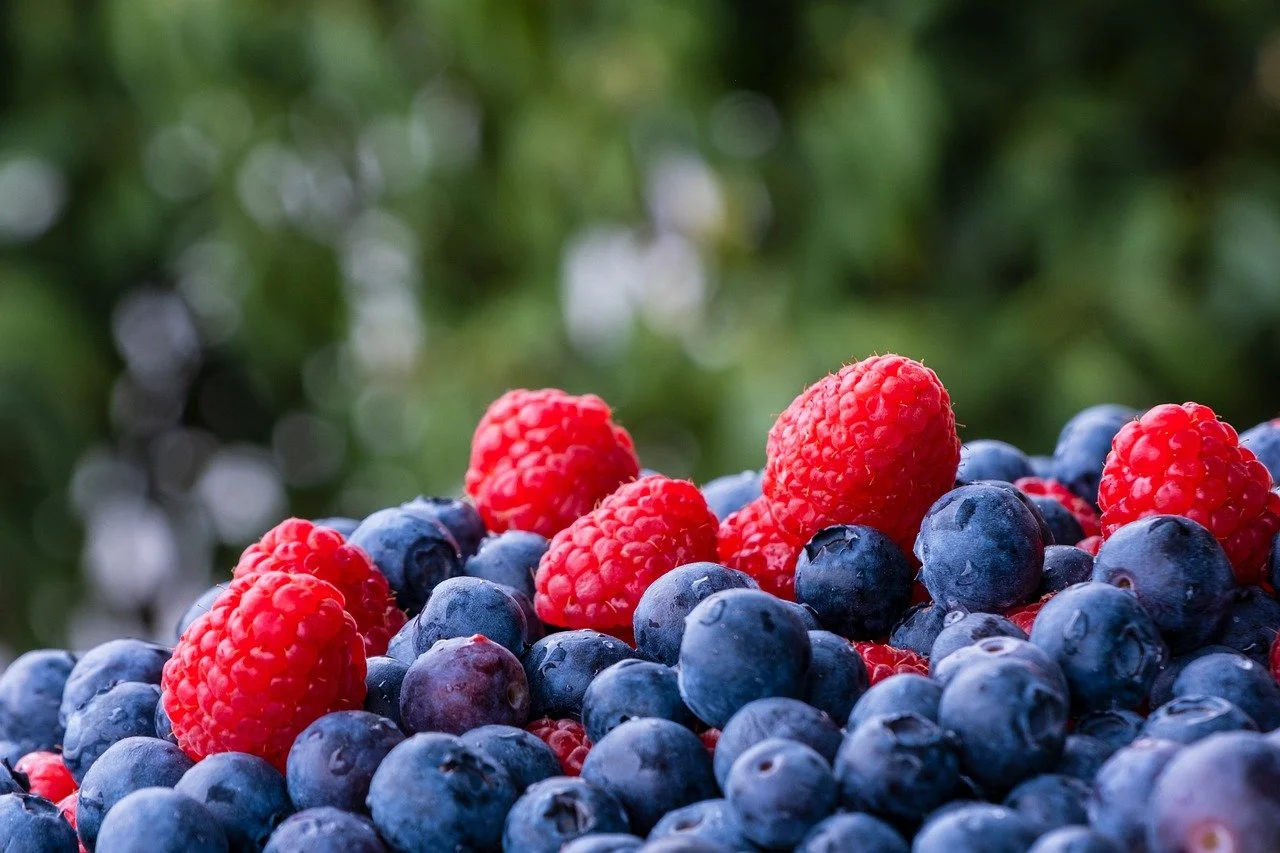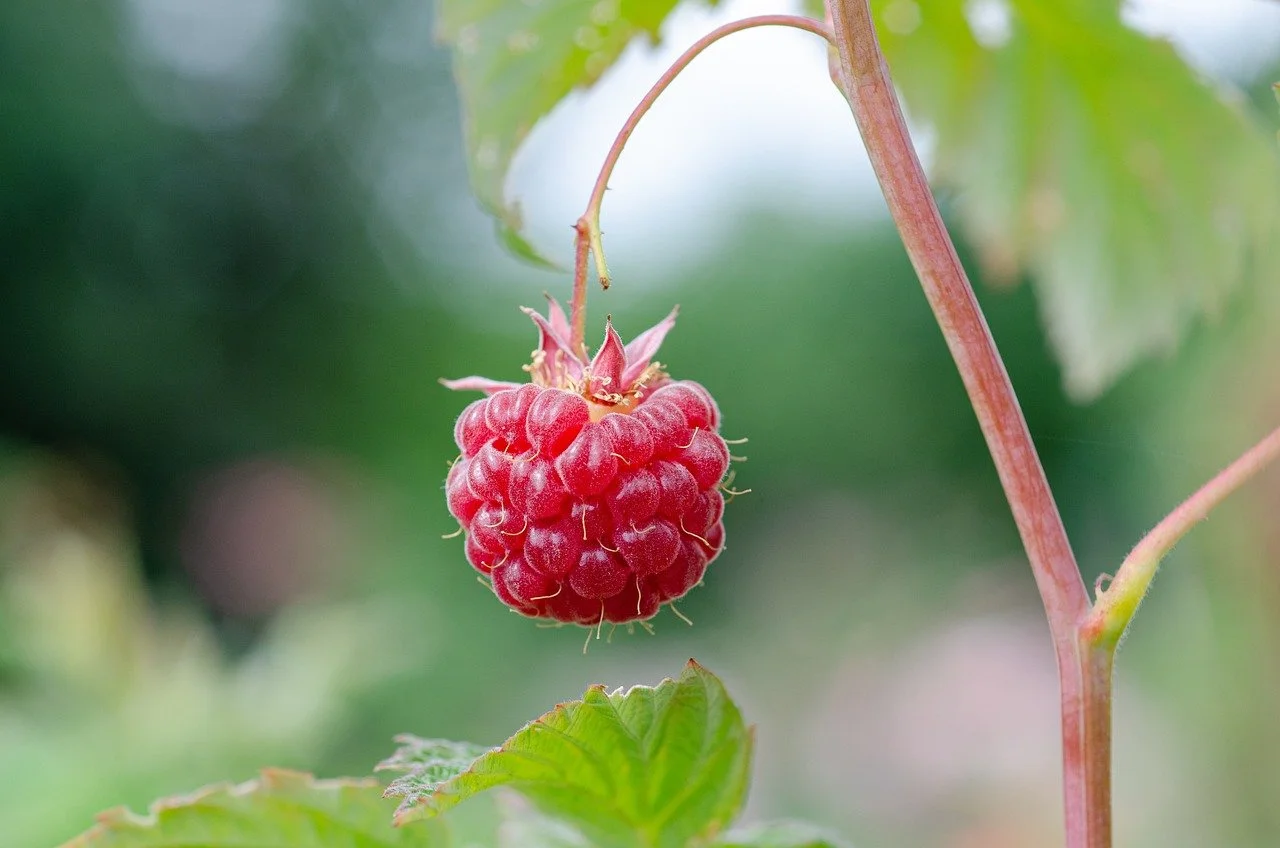Caring for Fruit Shrubs
Caring for Fruit Shrubs: Strawberries, Blueberries, and Blackberries
Saint John, with its cool maritime climate, provides a unique environment for growing fruit shrubs like strawberries, blueberries, and blackberries. Whether you are a seasoned gardener or a novice, understanding the specific needs of these fruit-bearing plants will help you cultivate a bountiful harvest. Here’s a comprehensive guide to caring for these delightful fruit shrubs in Saint John.
Strawberries
Planting
Location: Choose a sunny spot with well-drained soil. Strawberries need at least six hours of sunlight daily.
Soil Preparation: Strawberries thrive in slightly acidic soil with a pH between 5.5 and 6.8. Incorporate organic matter such as compost to enhance soil fertility and drainage.
Planting Time: Plant strawberries in early spring, once the soil is workable. Space the plants 12-18 inches apart in rows that are 3-4 feet apart.
Care
Watering: Keep the soil consistently moist, especially during the growing season. Strawberries need about 1 inch of water per week.
Mulching: Use straw, cedar mulch, or pine needles to mulch around the plants. This helps retain moisture, suppress weeds, and keep the fruit clean.
Fertilization: Apply a balanced fertilizer in early spring and again after the first harvest to promote continuous growth and fruiting.
Maintenance
Weed Control: Regularly remove weeds to reduce competition for nutrients and water.
Pest and Disease Management: Watch for common pests like slugs and aphids, and use organic pest control methods. Ensure good air circulation to prevent fungal diseases like powdery mildew.
Renovation: After harvesting, trim the foliage to about 1 inch above the crown to encourage new growth.
Blueberries
Planting
Location: Blueberries need full sun and well-drained, acidic soil (pH 4.5-5.5).
Soil Preparation: Amend the soil with peat moss, sulfur, and compost to achieve the desired acidity and improve organic matter.
Planting Time: Plant blueberries in early spring. Space them 4-5 feet apart, and set the plants slightly deeper than they were in their nursery containers.
Care
Watering: Blueberries require consistent moisture, especially during fruiting. Water deeply to ensure the roots are adequately hydrated.
Mulching: Use 2-4 inches of organic mulch like pine needles or wood chips to maintain soil moisture, acidity, and temperature.
Fertilization: Use an acid-specific fertilizer in early spring and again after the fruit sets.
Maintenance
Pruning: Prune the plants in late winter to remove dead or weak branches and to shape the bush. This promotes better air circulation and fruit production.
Pest and Disease Management: Protect blueberries from birds with netting. Monitor for pests like blueberry maggots and diseases like mummy berry, and treat accordingly.
Soil Testing: Regularly test soil pH and adjust as needed to maintain the ideal acidic conditions.
Blackberries
Planting
Location: Select a site with full sun and well-drained soil. Blackberries tolerate a range of soil types but prefer a pH of 5.5-6.5.
Soil Preparation: Enrich the soil with compost and organic matter before planting.
Planting Time: Plant blackberries in early spring. Space trailing varieties 5-6 feet apart and erect varieties 3-4 feet apart.
Care
Watering: Blackberries need regular watering, especially during fruit development. Aim for 1-2 inches of water per week.
Mulching: Apply mulch around the plants to conserve moisture, control weeds, and keep the roots cool.
Fertilization: Use a balanced fertilizer in early spring and again in midsummer for optimal growth.
Maintenance
Pruning: Prune back old canes after fruiting to encourage new growth. In late winter, thin out weak canes and trim lateral branches to about 12-18 inches.
Trellising: Erect varieties may benefit from support structures to keep the canes upright and facilitate harvesting.
Pest and Disease Management: Watch for pests like raspberry beetles and diseases such as anthracnose. Implement organic control measures and ensure good air circulation to minimize issues.
Caring for Raspberries
Raspberries are a rewarding fruit to grow, thanks to their delicious flavor and versatility. The cool maritime climate is well-suited for raspberries, but they require specific care to thrive. Here’s a comprehensive guide to cultivating raspberries in this region.
Planting Raspberries
Location
Sunlight: Choose a site that receives full sun, as raspberries need at least six hours of direct sunlight daily.
Soil: Raspberries prefer well-drained, loamy soil with a pH between 5.5 and 6.5. Avoid areas where tomatoes, potatoes, or peppers have grown recently to prevent soil-borne diseases.
Soil Preparation
Amendments: Incorporate organic matter such as compost or manure to improve soil fertility and drainage.
pH Adjustment: If necessary, adjust the soil pH with lime (to raise) or sulfur (to lower) based on soil test results.
Planting Time
Timing: Plant raspberries in early spring as soon as the soil can be worked. This allows the plants to establish before the growing season.
Spacing: Space red and yellow raspberries about 2-3 feet apart in rows that are 6-8 feet apart. Black and purple raspberries should be spaced 3-4 feet apart in rows that are 8-10 feet apart.
Care for Raspberries
Watering
Consistency: Keep the soil consistently moist, especially during the growing season and fruiting period. Raspberries require about 1-1.5 inches of water per week.
Method: Water at the base of the plants to avoid wetting the foliage, which can lead to disease.
Mulching
Materials: Use organic mulch such as straw, pine needles, or wood chips to conserve soil moisture, control weeds, and maintain a stable soil temperature.
Depth: Apply mulch 2-3 inches deep around the plants.
Fertilization
Type: Apply a balanced fertilizer or one specifically formulated for berries in early spring.
Frequency: Fertilize again in late spring or early summer if the plants appear to need additional nutrients.
Maintenance of Raspberries
Pruning
Summer-bearing (Floricane) Raspberries: After harvesting, prune out the old fruiting canes (floricanes) to ground level. In late winter, thin the remaining canes to about 4-6 strong canes per foot of row.
Everbearing (Primocane) Raspberries: For two crops per year, prune only the tips of the canes that have fruited in the fall. For a single, larger fall crop, cut all canes to ground level in late winter.
Trellising
Support: Erecting a trellis or support system helps keep the canes upright, improves air circulation, and facilitates harvesting.
Construction: Use sturdy posts and wire to create a trellis system, tying the canes as they grow.
Pest and Disease Management
Monitoring: Regularly inspect plants for signs of pests such as aphids, raspberry beetles, and spider mites.
Control: Use organic or chemical controls as needed, and remove any infected plant material to prevent the spread of disease.
Air Circulation: Ensure good spacing and pruning to improve air circulation, reducing the risk of fungal diseases like powdery mildew and cane blight.
General Tips for Success
Climate Adaptation: Saint John’s maritime climate can be challenging, so choose varieties that are hardy and well-suited to the local conditions.
Season Extension: Consider using row covers or cold frames to extend the growing season and protect plants from late frosts.
Regular Monitoring: Keep a close eye on your plants for any signs of stress, pests, or diseases. Early intervention is key to maintaining healthy fruit shrubs.
By following these guidelines, you can enjoy a fruitful and rewarding gardening experience. Happy gardening!







